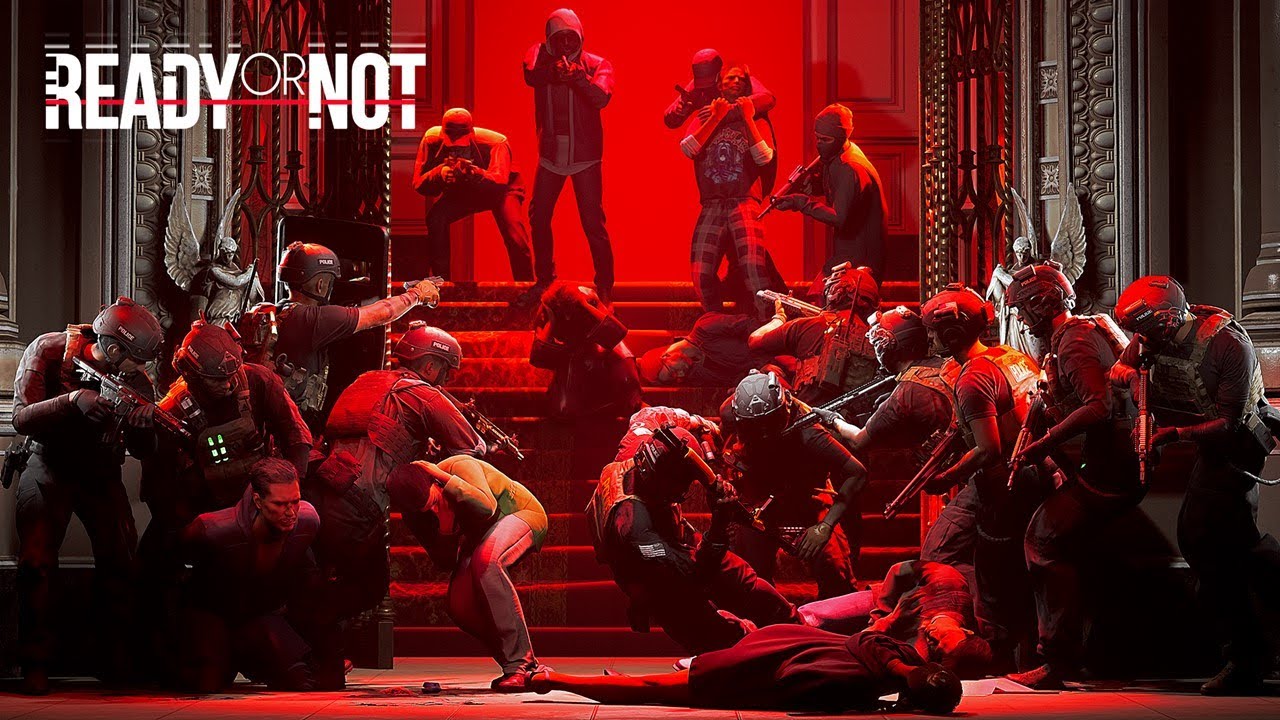
Ready or Not is more than just a tactical shooter. It’s a high-stakes decision-making simulator where every choice has consequences. One of the most intense dilemmas players face in every mission is whether to open fire or hold back especially when it’s unclear whether a suspect is armed, dangerous, or ready to surrender. This game doesn’t reward you for playing like an action hero. Instead, it pushes you to think like a real SWAT officer, where hesitation can mean death, but poor judgment can cost innocent lives. So how do you navigate the moral and tactical line between force and restraint?
The Rules of Engagement: Why Holding Fire Matters
At the heart of Ready or Not is the Rules of Engagement (ROE) system. This system determines how your actions are judged after each mission. If you shoot a suspect who wasn’t a threat, or kill a civilian by mistake, your team’s rating will take a serious hit. Worse, you could be penalized with mission failure or even friendly fire casualties if you’re too reckless.
Holding fire means evaluating every situation carefully. Did the suspect raise their hands? Are they actually holding a weapon, or just reaching for something? These moments test your reflexes and judgment. In most cases, non-lethal options such as tasers, beanbag rounds, or pepper spray can subdue targets without risking overkill.
It’s also worth noting that suspects may pretend to surrender and suddenly retaliate. This is where communication and positioning with your team becomes vital. Cover angles, issue warnings, and don’t rush in solo. Good tactics reduce the need for force in the first place.
When Lethal Force Becomes Necessary
Despite the focus on restraint, Ready or Not isn’t about pacifism. There are plenty of moments where lethal force is absolutely justified and expected. If a suspect aims a weapon at you, ignores verbal commands, or charges your position, your top priority is survival. The game is designed to simulate the unpredictability of real-life armed standoffs, where waiting too long can be fatal.
Situations where lethal force becomes necessary include:
- Hostage scenarios where suspects begin shooting
- Ambushes in tight corridors with no room for negotiation
- Enemies armed with rifles or explosives
- Suspects actively resisting arrest and attacking officers
The key is to use deadly force only when the threat is immediate and unavoidable. You are trained to preserve life, but that includes your own and your team’s.
Balancing Morality, Score, and Survival
What makes Ready or Not so compelling is that it forces players into gray areas of morality. You’ll constantly ask yourself: Did I react too quickly? Could I have used a less-lethal option? These decisions don’t just affect your mission rating, they shape the kind of officer you want to roleplay.
Score systems reward arrests over kills, especially if you secure all suspects and civilians safely. This encourages you to prioritize tactics, patience, and smart equipment use. But the game also understands that not all scenarios go as planned. Sometimes, pulling the trigger is the only option you have.
The best players are those who can read a room instantly, distinguish between danger and fear, and command their AI squad with precision. Mastering that balance takes practice, but it’s one of the most satisfying challenges Ready or Not offers.
Conclusion
To shoot or not to shoot, Ready or Not makes that question the heart of its gameplay. It PEH888 challenges your instincts, tests your judgment, and forces you to constantly reassess your choices. Whether you prefer the clean professionalism of non-lethal takedowns or the cold reality of decisive action, learning when to hold fire and when to respond with force defines your experience.
In a world where every hallway could hide a civilian or a shotgun-wielding maniac, your biggest weapon isn’t your trigger finger, it’s your decision-making. Ready or not, the responsibility is yours.